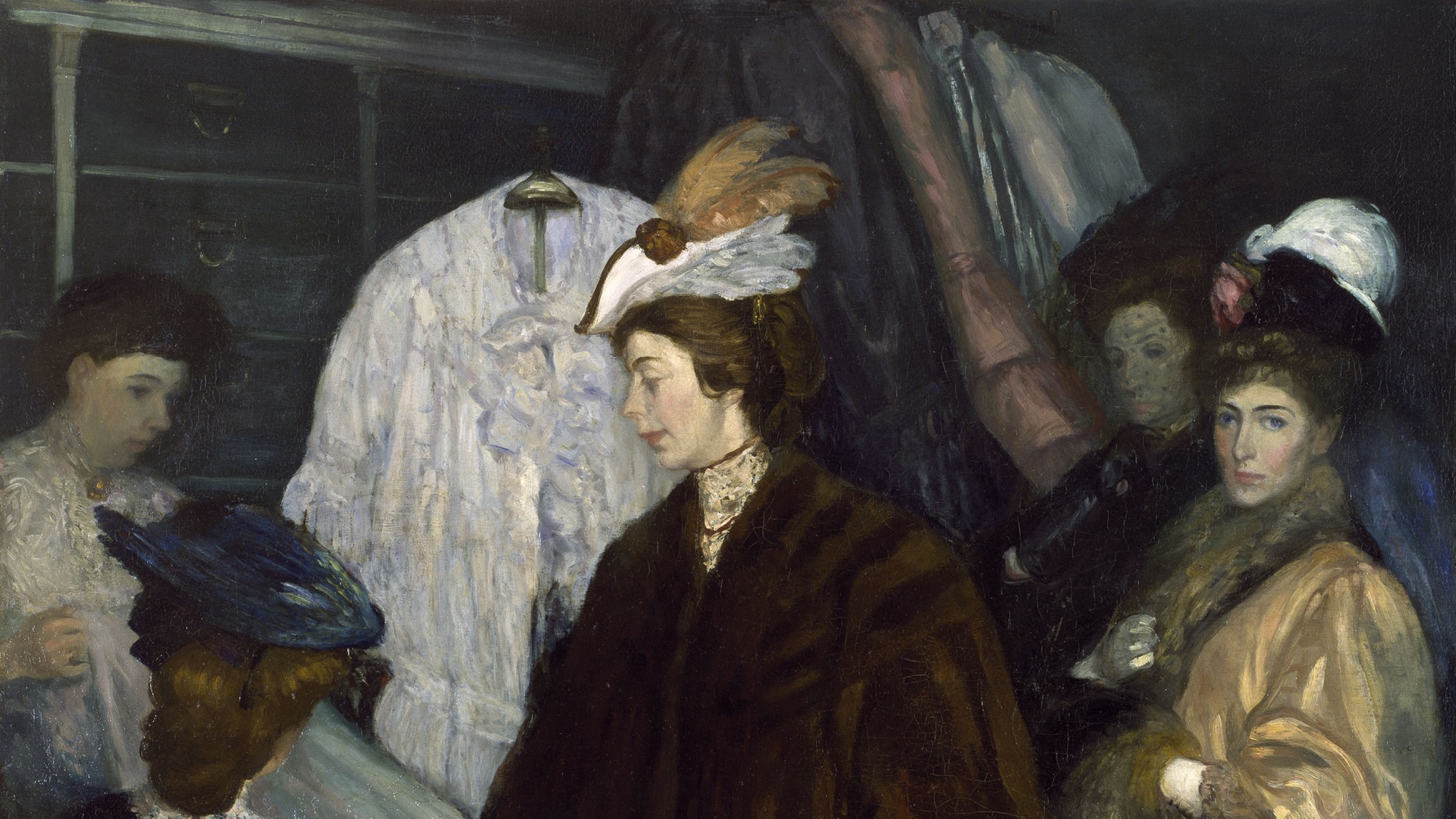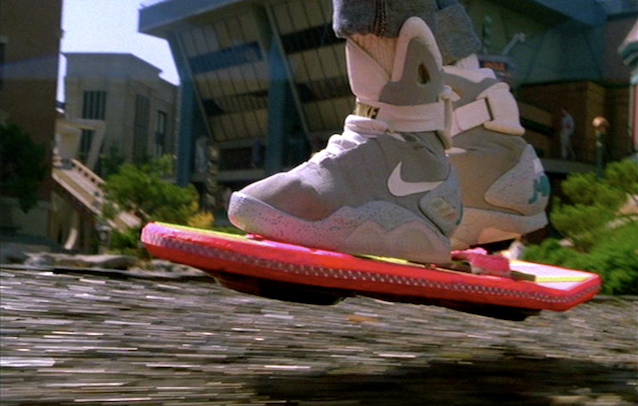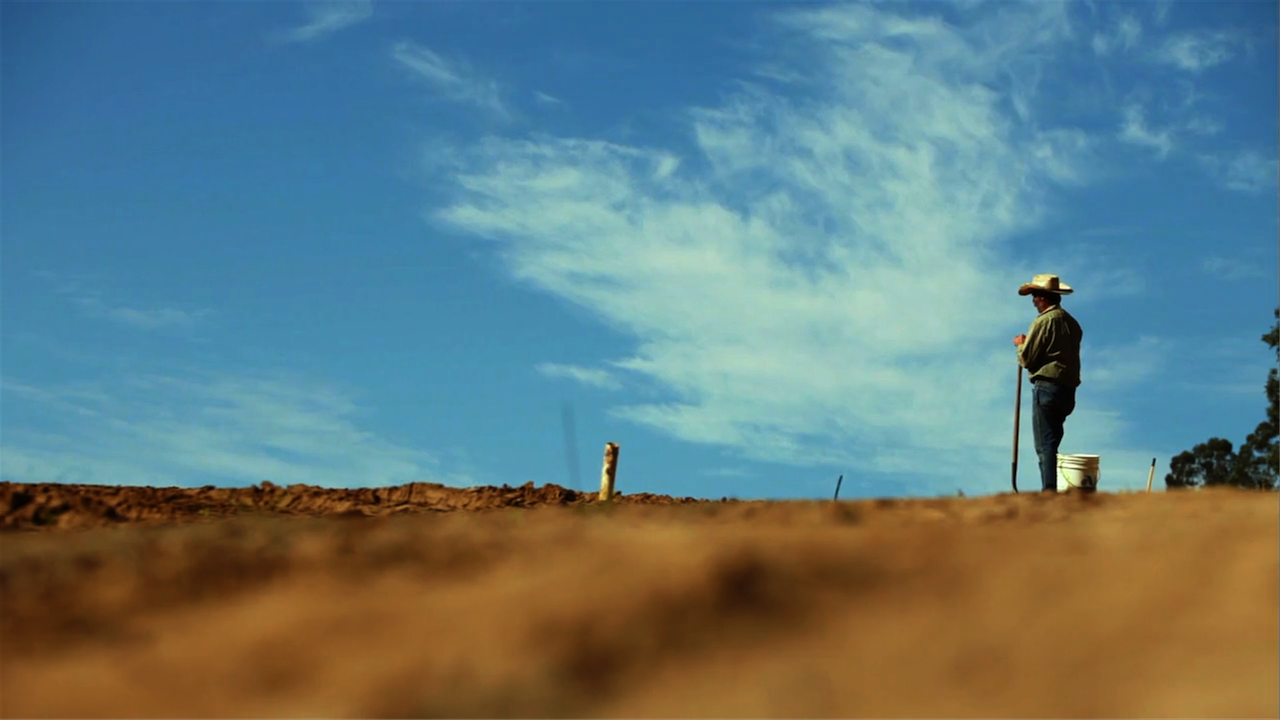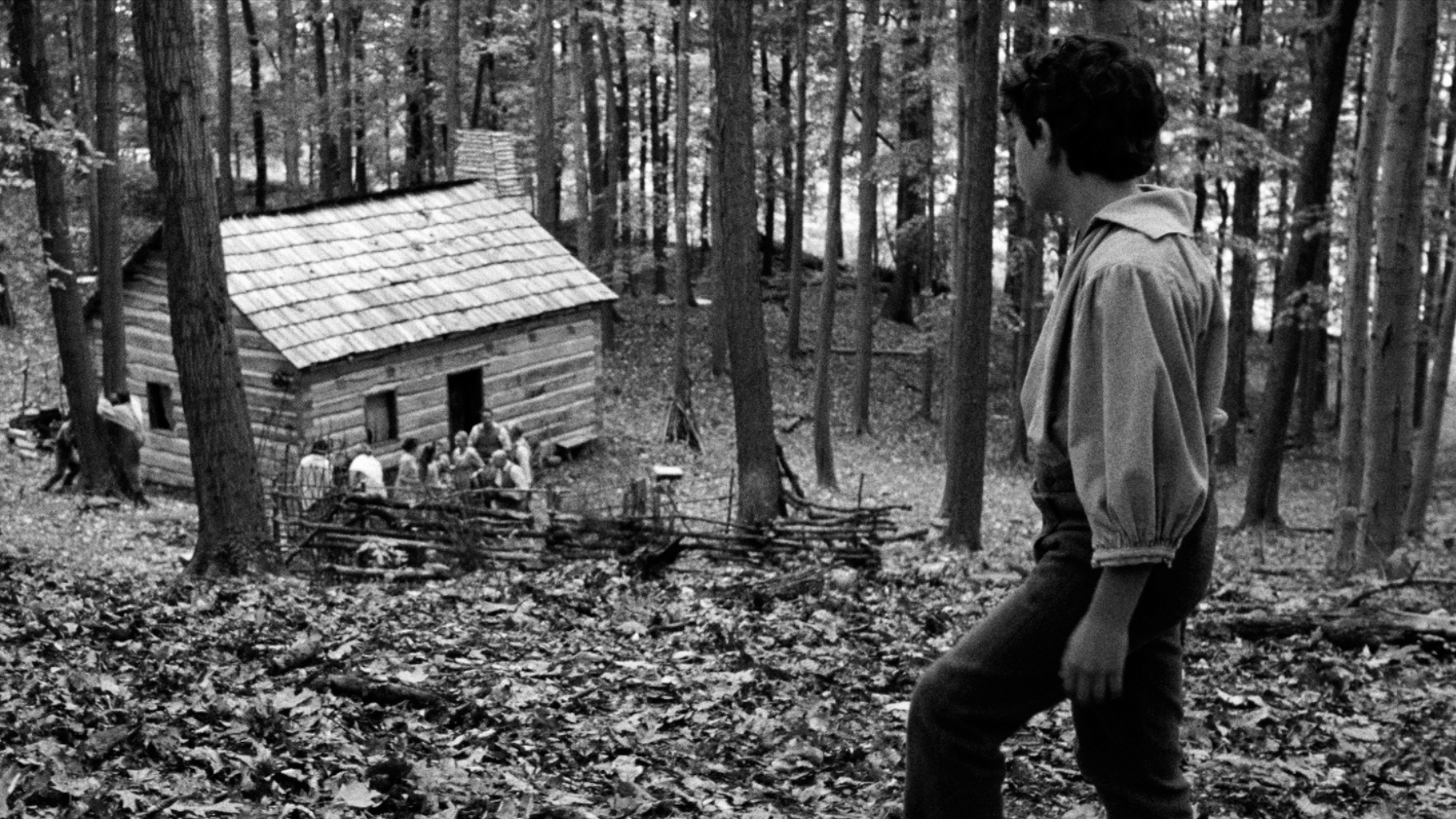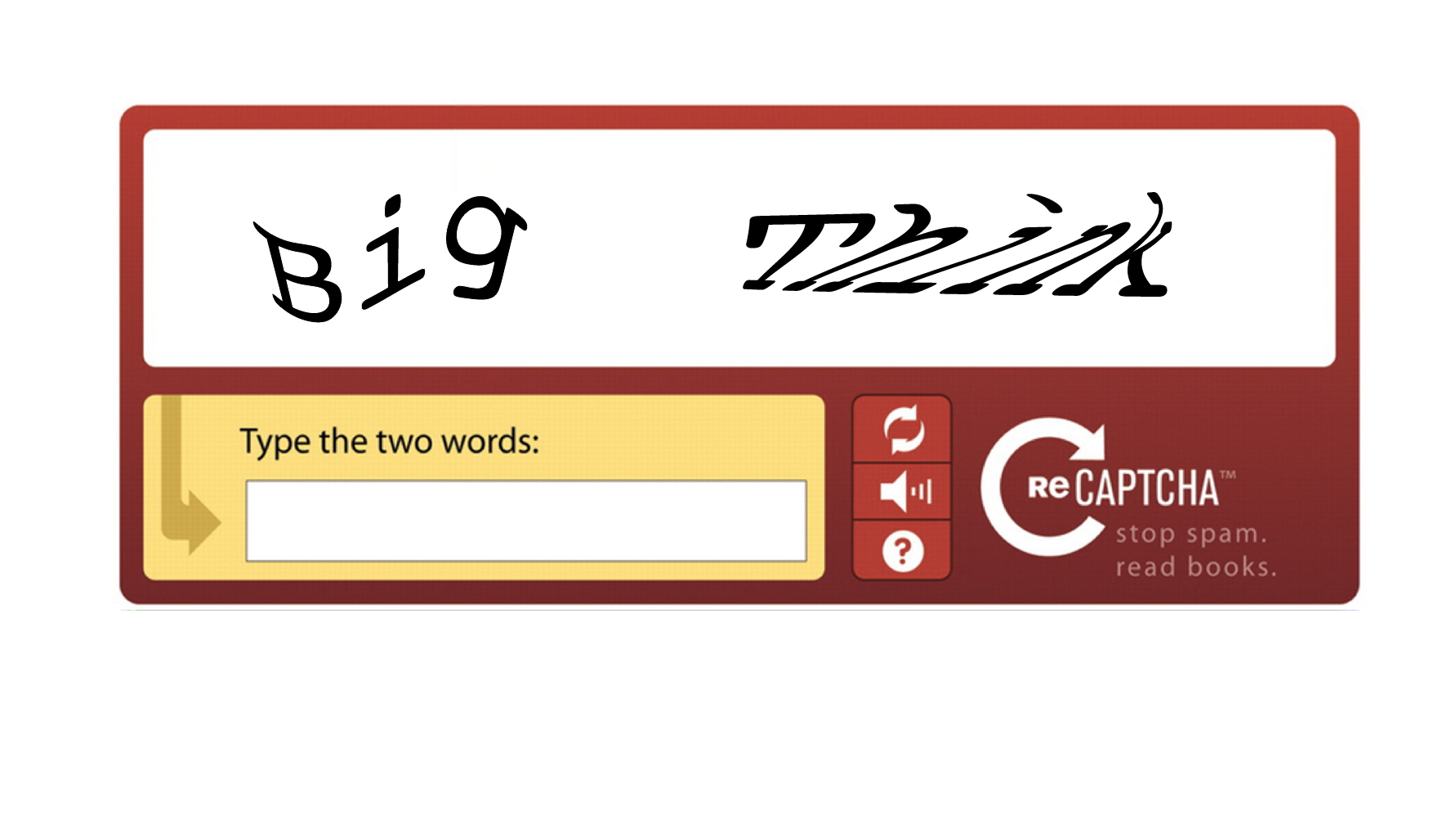Culture & Religion
All Stories
American Thanksgiving is hardly the only holiday of its kind.
There is a tiny, miniscule, itsy-bitsy minority of American families of which every member of the group enjoys a contentious debate at the Thanksgiving table. Chances are that your family isn’t one of them, so instead of being a loudmouth try to talk about more neutral subjects.
Thinking about eating less could help us be healthier, create a more sustainable environment, and reduce animal cruelty. Smaller portions can go a long way.
People with extremely sunny attitudes find it difficult to empathize with people who are recounting a negative experience, according to a study recently published at PLOS ONE.
It’s the day after Thanksgiving, and soon enough Christmas trees, menorahs, Kwanzaa candelabras and nativity scenes will be dotting public buildings and squares in cities and towns across the United […]
The Twitter discussion about Ferguson is as polarized and entrenched as the online discussion of Israel and Palestine, according to statistician Emma Pierson.
Food writer Michael Pollan explains how the history of barbecue in America is one that includes all kinds of people working together in an integrated effort to produce the best possible meal.
On October 3, 1948, at 3:50 pm, Peter Blume finished his epic painting, years in the making, titled The Rock (shown above). “After a turbulent decade in which Peter Blume embarked on false starts, endured debilitating anxiety, experienced self-doubt, and found his faith in the creative process renewed,” Robert Cozzolino writes in the catalog to the new exhibition Peter Blume: Nature and Metamorphosis, finishing The Rock must have been a great relief. Blume recorded that date and time the way many record the birth of their children, for The Rock was his precious baby, but completing it marked a rebirth of sorts for Blume as a different kind of artist. Shaped by political and artistic currents of the first half of the 20th century, Blume emerges as a difficult to categorize artist, but also as a fascinating visionary who struggled to paint a personal reality clinging to the foundation of hope.
Having job authority—the ability to hire, fire, and determine salaries—relieves men of symptoms of depression while worsening those symptoms in women.
While presenting one of the awards at the second edition of the Breakthrough Prize in Life Sciences, Kate Beckinsale joked: “At Hollywood awards shows, when we sit back at the […]
Everyone has broken the law at one point or another. People speed, park in handicap spaces, and jaywalk. How can you make people obey these simple laws? Fines don’t help, though a new incentive may be the answer.
Everyone loves free food and corporations have caught on. However, is the purpose of this charity to boost office morale or chain staff members to their jobs. Psychologists think it’s a little bit of both.
A new Spanish law encouraging foreign investment allows entrepreneurs to obtain an extended-stay visa.
Half of the world’s population could soon reside in concentrated metropolises of 10 million or more people. Some expect there to be up to forty of these megacities by 2025.
The four major American sports leagues like to boast that women make up about 40-45% of their fanbases. Yet when it comes to participating in sports conversation on Twitter, women form a minuscule percentage of followers.
The next step in Comcast’s uphill battle toward regaining customer trust is to make visits from technicians a less stressful experience.
Coffee and chocolate are at risk because of the climate shift. By as early as 2050, you may look back on Starbuck’s coffee prices and think they were a deal.
Why do people buy “organic”? It’s all about idealism.
The Great Lakes region is the United States’ snowiest non-mountainous region. The reason for freak snowstorms like the one currently setting records in Buffalo, New York is a weather phenomenon called lake-effect snow.
We should know that we can’t know it all. Yet the results of using the opposite idea, of “unbounded rationality,” are widely influential (usually farcically mixed with asymmetrically applied “unintended consequences”). Here’s why neither sports nor markets need “less regulation”:
Two years from now, Americans will be two months away from inaugurating a new president. Who will it be? A bunch of Republican and Democratic names (no, Hillary’s isn’t the […]
With a $20,000 check and instructions to bring back “some good paintings” from friend and financier Dr. Albert C. Barnes, American artist William Glackens set off for Paris in 1912 with carte blanche to buy the very best modern art he could find. Long a champion and connoisseur of European and American modernism, Glackens sent back to Barnes 33 works by now-renowned artists such as Paul Cézanne, Pierre-Auguste Renoir, Pablo Picasso, and Vincent Van Gogh that helped shape the collection that eventually became The Barnes Foundation.
Presidents should act more like Kings and Queens if our democracies are to avoid becoming mediocre, argues British Lord Robert Skidelsky.
The day Marty McFly and Doc Brown visit 2015 is upon us! Unfortunately, things today aren’t exactly as the film envisioned.
Urban legends about the dangers of microwave ovens are not grounded in facts. Not only is it a safe way to cook food, there are some dishes that are healthier when heated in a microwave oven.
Sir Tim Berners-Lee, who invented the world wide web 25 years ago, spoke this weekend about the need for more MPs who know how to code.
Arrests were made on both sides this weekend as protesters challenged the racial insensitivity of a traditional Dutch Christmas festival featuring the character “Black Pete”.
Filmmaker Sanjay Rawal discusses Food Chains, his new documentary investigating the plight of a group of farm workers in Southern Florida who have fought for fair food standards.
A.J. Edwards is the director of the new film The Better Angels, which highlights the formative years of Abraham Lincoln. In this Big Think interview, Edwards explains his decision to shoot the film in black and white.
Luis von Ahn, CEO of Duolingo and one of the inventors of CAPTCHA, explains how reCAPTCHA harnesses the abilities of both humans and computers in order to accomplish tasks such as the digitization of old books.





















